What do you actually do? – Tanja Nis-Hansen
“This isn’t a normal situation,” says Tanja Nis-Hansen between sips of herbal tea. She’s talking about her studio setup—when I visited, the Berlin-based painter was temporarily working in her apartment while in between studios—but she could just as easily be referring to the dramatic changes that the coronavirus has had on our daily lives. Indeed, the scenes depicted in the oil paintings adorning her bedroom walls speak to the fear and isolation that has characterized much of the past year and a half. “I wanted to capture the feeling of being in a room and the walls creeping in on you,” Nis-Hansen explains. “I’m trying to depict the sensation of being immersed in a world that you don’t fully understand”.
In one striking canvas from the 2020 series, which was shown last year as part of Liste Art Fair’s Online Viewing Room, an anthropomorphic clock is depicted giving birth to the 32-year-old artist, her distinctive red hair mimicked in the swirling red patterns of the surrounding walls. “It’s partly an allegory about being a painter ‘birthing’ a new idea,” says Nis-Hansen. “At the same time, I also was thinking about the expectation that going through a crisis will give us the chance to be reborn as new, better people who see the world more clearly.” This expectation, however, is rejected by the characters who populate the artist’s canvases; often shown laying down or frozen within the scene, they’ve chosen to wait out the pandemic rather than use it as yet another opportunity for self-improvement.
While created in lockdown, Nis-Hansen sees these works as a continuation of her 2019 exhibition The Benign Tumour—at Paris-based gallery Sans Titre 2016—which similarly thematized the “resting”, “anxious” or “noneffective” body. Born out of the artist’s personal and familial experiences of illness, the show centered around a painting of a sleeping figure, the dramatically titled Cat and fox deliberating on possible escape roots (or every night we practice how to die). “The painting is related to rest and the feeling of being overwhelmed,” she explains. “It also refers to the many, many images of reclining women in art history.” Set behind three wooden panels in the shape of crashing waves that threaten the character’s peaceful slumber, Nis-Hansen says that her intention was to create a stage for this “spectacle,” building up the rest of the exhibition so that the other paintings act as “a kind of audience” to the danger-laden scene.
The spectacle is also a recurring motif in the artist’s performance work, especially her collaborations with fellow HFBK graduate Niclas Riepshoff. First meeting in the class of Jutta Koether in 2015, the two artists began to work together as CONNY in 2017 when they performed Doubt on the 5th Floor at the Galerie der HFBK. Inspired by amateur theater, the piece comprised self-penned music and spoken word and told the delightfully absurd story of a city-dwelling mandrake visiting a countryside-bound chimney. A year later, on occasion of Koether’s exhibition at Museum Brandhorst, they collaborated again in the performance Changing Batteries at the Münchner Kammerspiele. For the event, Nis-Hansen created a three-meter-high painting of a face, complete with eye holes, which she and Riepshoff performed through. “The performances are a lot of fun,” she says. “I love how crazy it can get when you have two brains instead of one.”
Last year, the duo was awarded the Neue Kunst in Hamburg travel grant, which they planned to use to visit the Amargosa Opera House and Hotel in Death Valley Junction, California. “It was opened by a ballet dancer called Marta Beckett who moved to Death Valley from New York,” the artist explains. “And since there are hardly any people living in the area, she painted an audience instead. We were drawn to this story because we really wanted to think about the difference between performing for a crowd or in solitude.” Covid-19 may have put a stop to the trip, at least for now, but Nis-Hansen and Riepshoff are hard at work on a new idea, which they will show at an exhibition for grant recipients at the end of October. Despite the change of plan, Nis-Hansen isn’t too disappointed. “In a weird way, we got the solitude that we wanted in the desert through Covid-19,” she says. “We’re not going to have this great travel story, but there's also something challenging about staying put and then having to dig into what you have around you.”
Tanja Nis-Hansen is an artist living in Berlin. She studied at the HFBK from 2014-2018 with Jutta Koether.
HFBK graduate Chloe Stead, together with the photographer and also HFBK graduate Jens Franke, met former HFBK students to talk about work, life and art. It is the prelude to a series of interviews for the website of HFBK Hamburg.





 What do you actually do? – Mirjam Thomann
What do you actually do? – Mirjam Thomann
 What do you actually do? – Niclas Riepshoff
What do you actually do? – Niclas Riepshoff
 What do you actually do? – Roman Schramm
What do you actually do? – Roman Schramm
 What do you actually do? – Sung Tieu
What do you actually do? – Sung Tieu
 What do you actually do? – Monika Grzymala
What do you actually do? – Monika Grzymala

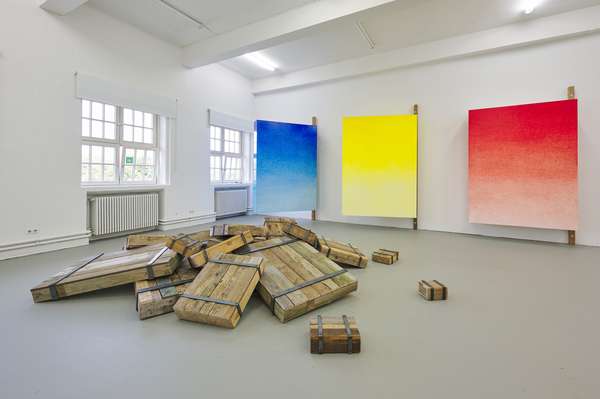












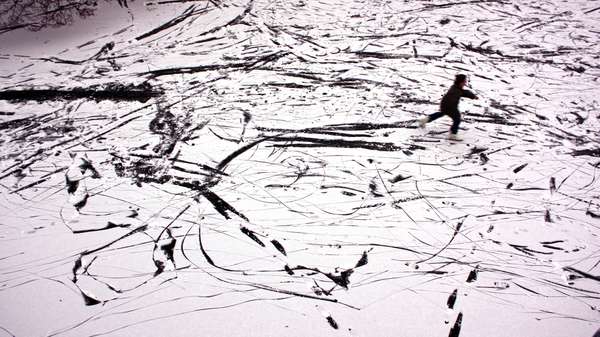

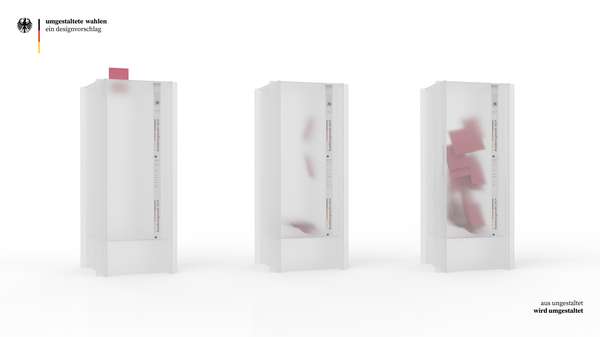






















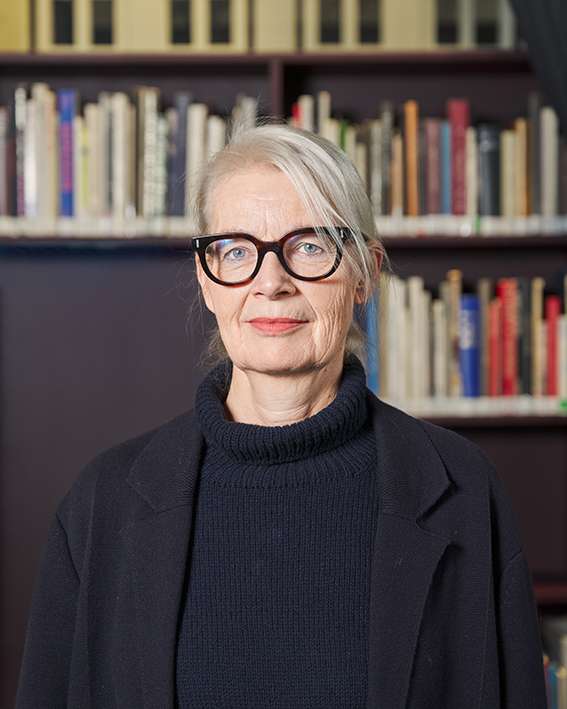









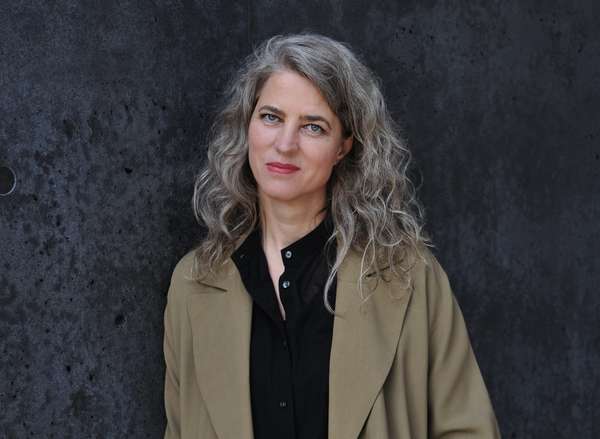




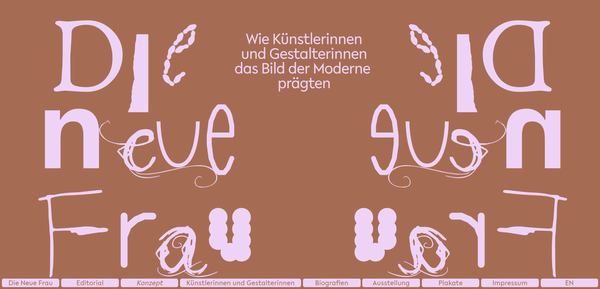

















































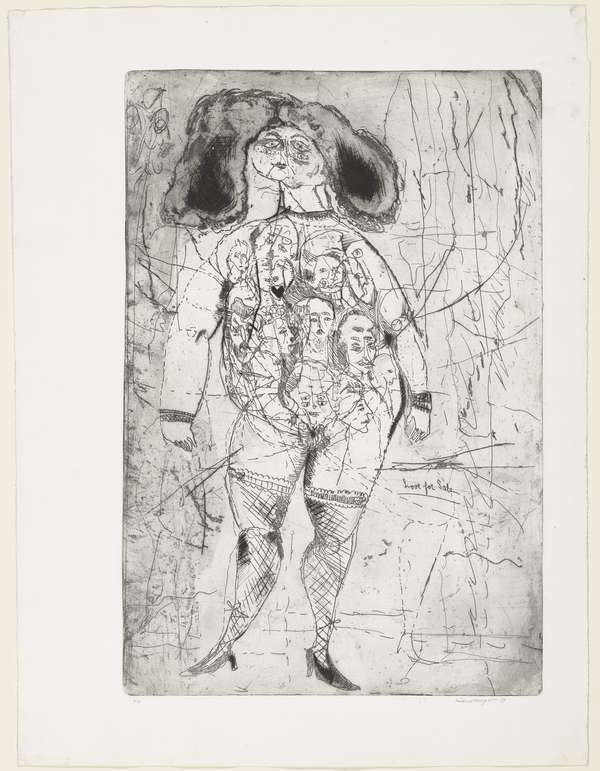



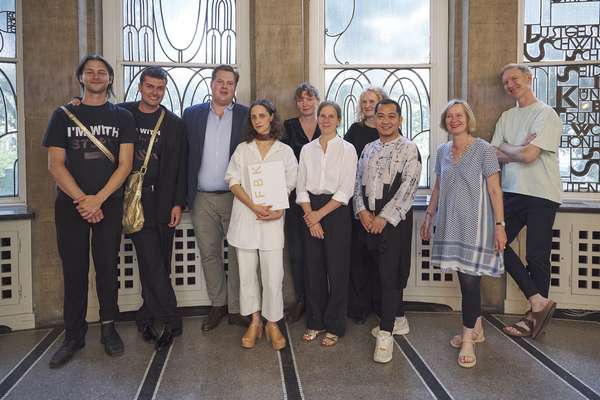



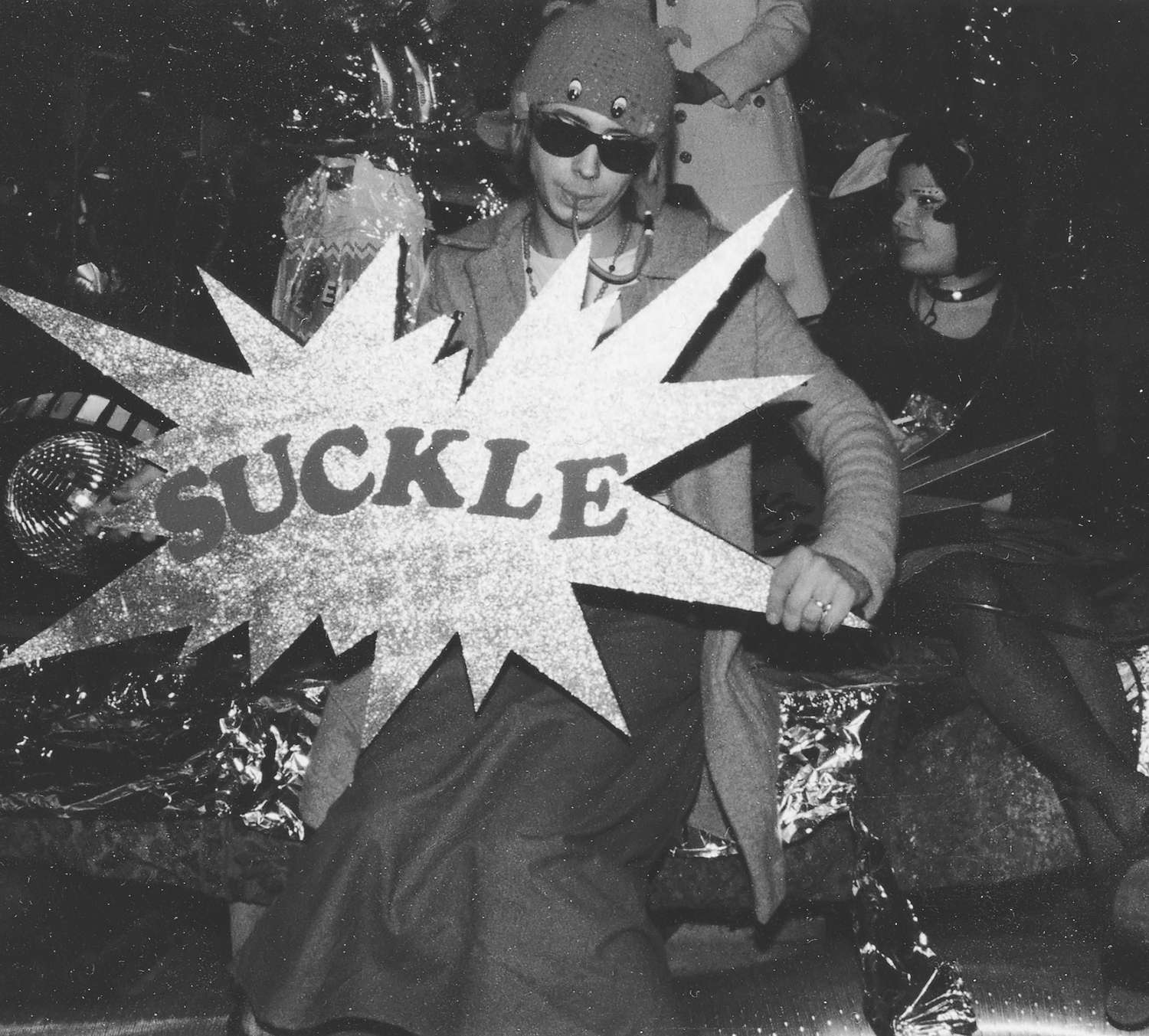





















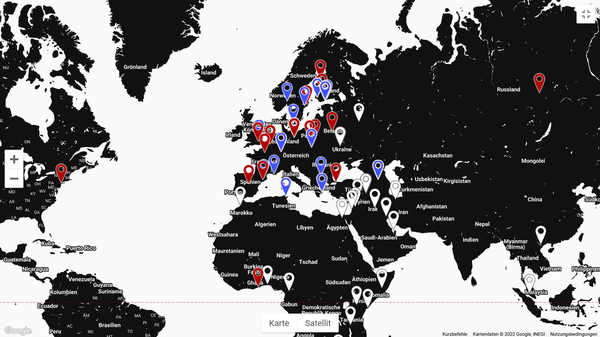











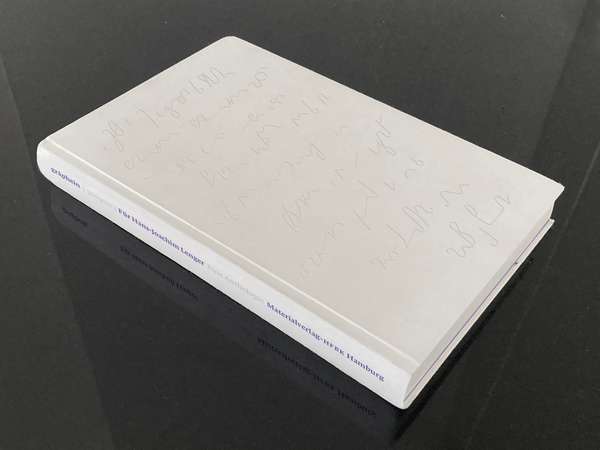



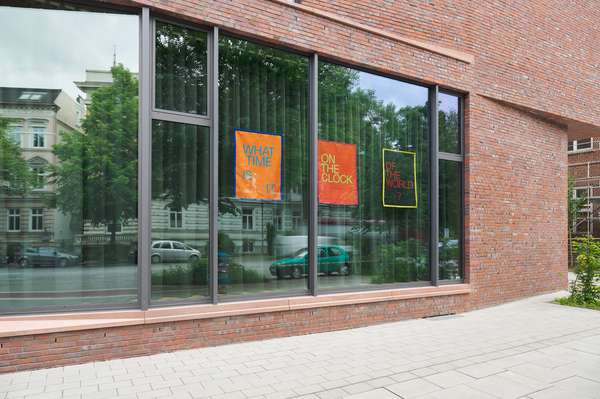










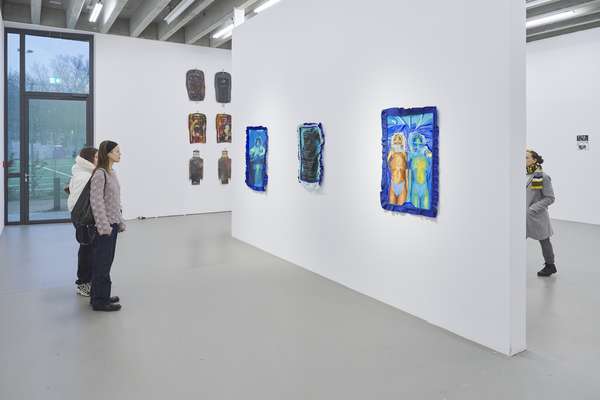



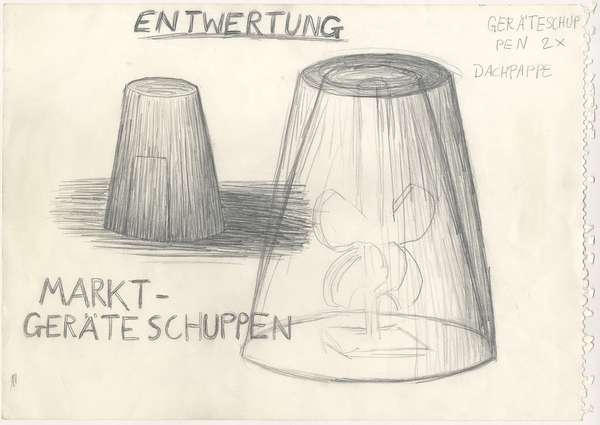











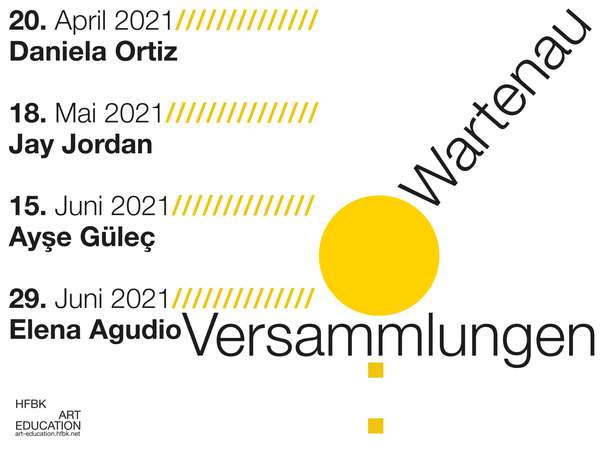











































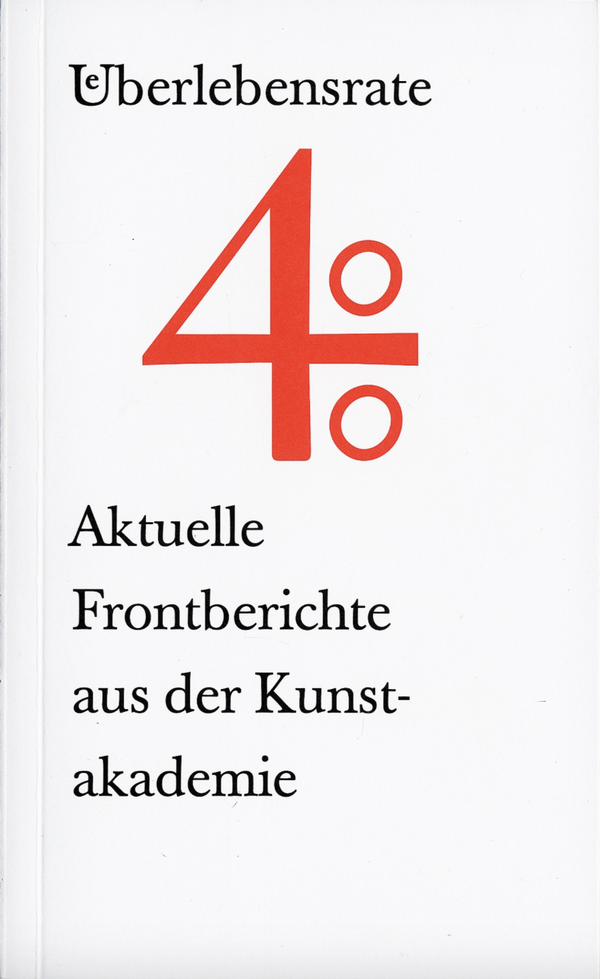




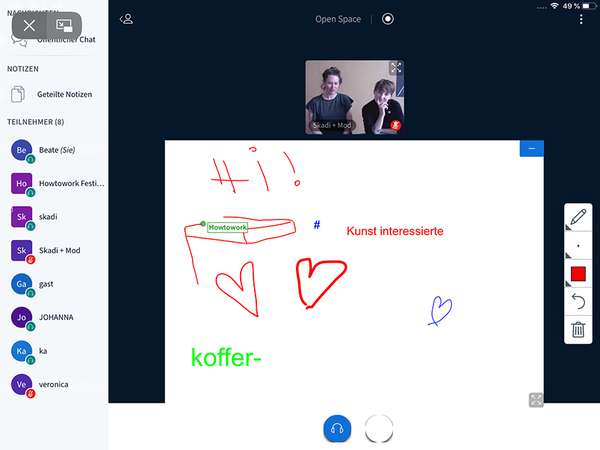


 Graduate Show 2025: Don't stop me now
Graduate Show 2025: Don't stop me now
 Lange Tage, viel Programm
Lange Tage, viel Programm
 Cine*Ami*es
Cine*Ami*es
 Redesign Democracy – Wettbewerb zur Wahlurne der demokratischen Zukunft
Redesign Democracy – Wettbewerb zur Wahlurne der demokratischen Zukunft
 Kunst im öffentlichen Raum
Kunst im öffentlichen Raum
 How to apply: Studium an der HFBK Hamburg
How to apply: Studium an der HFBK Hamburg
 Jahresausstellung 2025 an der HFBK Hamburg
Jahresausstellung 2025 an der HFBK Hamburg
 Der Elefant im Raum – Skulptur heute
Der Elefant im Raum – Skulptur heute
 Hiscox Kunstpreis 2024
Hiscox Kunstpreis 2024
 Die Neue Frau
Die Neue Frau
 Promovieren an der HFBK Hamburg
Promovieren an der HFBK Hamburg
 Graduate Show 2024 - Letting Go
Graduate Show 2024 - Letting Go
 Finkenwerder Kunstpreis 2024
Finkenwerder Kunstpreis 2024
 Archives of the Body - The Body in Archiving
Archives of the Body - The Body in Archiving
 Neue Partnerschaft mit der School of Arts der University of Haifa
Neue Partnerschaft mit der School of Arts der University of Haifa
 Jahresausstellung 2024 an der HFBK Hamburg
Jahresausstellung 2024 an der HFBK Hamburg
 (Ex)Changes of / in Art
(Ex)Changes of / in Art
 Extended Libraries
Extended Libraries
 And Still I Rise
And Still I Rise
 Let's talk about language
Let's talk about language
 Graduate Show 2023: Unfinished Business
Graduate Show 2023: Unfinished Business
 Let`s work together
Let`s work together
 Jahresausstellung 2023 an der HFBK Hamburg
Jahresausstellung 2023 an der HFBK Hamburg
 Symposium: Kontroverse documenta fifteen
Symposium: Kontroverse documenta fifteen
 Festival und Symposium: Non-Knowledge, Laughter and the Moving Image
Festival und Symposium: Non-Knowledge, Laughter and the Moving Image
 Einzelausstellung von Konstantin Grcic
Einzelausstellung von Konstantin Grcic
 Kunst und Krieg
Kunst und Krieg
 Graduate Show 2022: We’ve Only Just Begun
Graduate Show 2022: We’ve Only Just Begun
 Der Juni lockt mit Kunst und Theorie
Der Juni lockt mit Kunst und Theorie
 Finkenwerder Kunstpreis 2022
Finkenwerder Kunstpreis 2022
 Nachhaltigkeit im Kontext von Kunst und Kunsthochschule
Nachhaltigkeit im Kontext von Kunst und Kunsthochschule
 Raum für die Kunst
Raum für die Kunst
 Jahresausstellung 2022 an der HFBK Hamburg
Jahresausstellung 2022 an der HFBK Hamburg
 Conference: Counter-Monuments and Para-Monuments
Conference: Counter-Monuments and Para-Monuments
 Diversity
Diversity
 Live und in Farbe: die ASA Open Studios im Juni 2021
Live und in Farbe: die ASA Open Studios im Juni 2021
 Vermitteln und Verlernen: Wartenau Versammlungen
Vermitteln und Verlernen: Wartenau Versammlungen
 Schule der Folgenlosigkeit
Schule der Folgenlosigkeit
 Jahresausstellung 2021 der HFBK Hamburg
Jahresausstellung 2021 der HFBK Hamburg
 Semestereröffnung und Hiscox-Preisverleihung 2020
Semestereröffnung und Hiscox-Preisverleihung 2020
 Digitale Lehre an der HFBK
Digitale Lehre an der HFBK
 Absolvent*innenstudie der HFBK
Absolvent*innenstudie der HFBK
 Wie politisch ist Social Design?
Wie politisch ist Social Design?